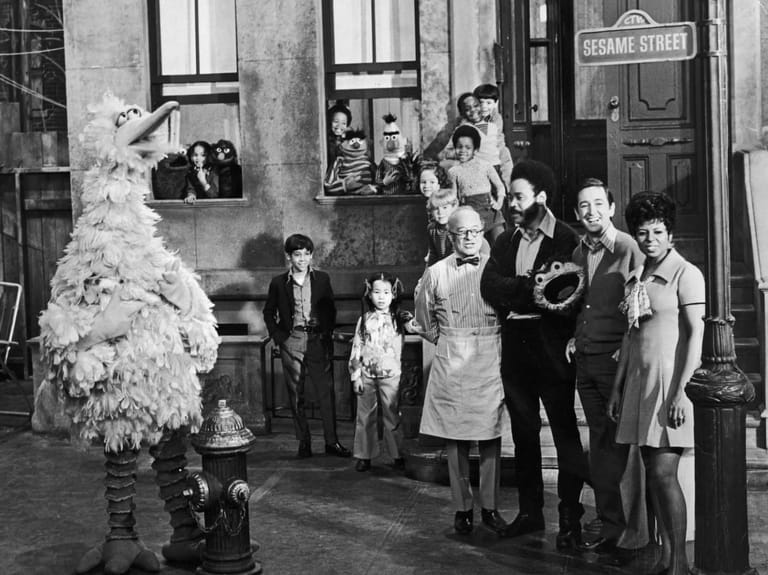For generations, Sesame Street has been a mainstay of American children's television. But when the show premiered more than 50 years ago on Nov. 10, 1969, it was considered controversial, even radical.
"In 1969, what was on TV for kids was a very dire landscape," says Marilyn Agrelo, the director of a new documentary called Street Gang: How We Got to Sesame Street.
"Basically, the programming was geared to sell children toys, Tootsie Rolls and breakfast cereals, and there was no thought of educating them in any way," she says.
Sesame Street debuted on the airwaves in a tumultuous moment in U.S. history, and the bigger forces upending American life played a big part in shaping how and what the show came to be.
"The people that started the show were intent on harnessing all of the energy that was around the protests of the Vietnam War, the civil rights movement," Agrelo says. "They wanted to explain the world to children, but their bigger goal was to reach inner city children of color who were not getting the same educational opportunities as white children in the suburbs were getting."
Based on the book Street Gang: The Complete History of Sesame Street by Michael Davis, the film weaves archival footage and interviews with the show's longtime cast and crew. Street Gang follows the show's creators --- Joan Ganz Cooney, Jon Stone and Jim Henson --- as they craft a new way to bring educational programming into the homes of kids in all parts of the country.
Agrelo and actor Sonia Manzano, who played Sesame Street resident Maria for 44 years, spoke with NPR's All Things Considered about why the show was so groundbreaking, why audiences connected with Muppets like Big Bird and Oscar the Grouch and its staying power, five decades on. Listen in the audio player above, and read on for a transcript of the interview.












